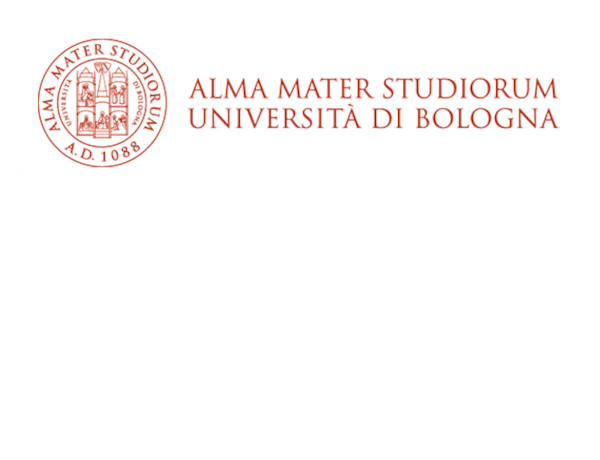
Masterclass in the Doctoral School in the Humanities
Jagiellonian University
24-30 April 2024
Patrick Leech
University of Bologna
Issues in Critical Heritage Studies: managing dissonance
The Masterclass will present a particular issue in critical heritage, that of the management of dissonance. It will start with a general and introductory discussion of heritage as a means of using material and immaterial legacies in the constitution of a discursive space in the present. This space is often characterized as an opportunity to create cohesion and identity but can also function as a space in which different perspectives emerge and compete. This multiperspectivity can be seen to form the basis of the notion of dissonant heritage, or ‘heritage dissonance’. The topic of dissonant heritage will thus be treated within a cultural studies framework strongly based on constructivist approaches to identity formation.
Starting from this introductory and methodological premise, the Master class will look at heritage dissonance with particular reference to two areas: colonial heritage in Great Britain and the built heritage of totalitarian or non-democratic cities in Europe.
Colonial heritage in Great Britain
The end of empire and the transformation of Great Britain into a multiethnic society has begun to pose the problem of the way in which the material heritage of the colonial period, evident in the streets, statues and museums of Britain, can be interpreted in a ‘post-colonial’ and inclusive manner. The discussions about the nature of this heritage and its interpretation constitute an potent example of dissonant heritage and multiperspectivity. The masterclass will look in particular at the issue of the legacy of slavery and the ways in which this legacy has been managed and interpreted in relation to the International Slavery Museum in Liverpool, the issue of the Edward Colston statue in Bristol, the report on colonialism in the National Trust, and the Centre for the Study of the Legacies of British Slavery (UCL).
The built heritage of totalitarian regimes in Europe
The totalitarian or non-democratic regimes of twentieth-century Europe left an important architectural and urban heritage. This heritage can be iconic and propagandic, as in the case of the Valle de los Caidos near Madrid, or functional to the development of state-led industry, as in the case of Dimitrovgrad in Bulgaria, Stei in Romania and other small industrial towns. The Masterclass will look at the ways in which this dissonant heritage has been dealt with by the European Cultural Route ATRIUM (Architecture of Totalitarian Regimes in Europe’s Urban Memory) and by the Urban Agenda Culture and Cultural Heritage Partnership, Action 10 “Dissonant Heritage”.
Bibliography
- Bodenshatz Harald, Piero Sassi, Max Welch Guerra (eds.), Urbanism and Dictatorship. A European Perspective, Birkhauser Verlag, 2015.
- Delanty, Gerard, “The European Heritage from a Critical Cosmopolitan Perspective”, LSE ‘Europe in Question’ discussion papers series, 1/2020, [https://eprints.lse.ac.uk/53305/1/__Libfile_repository_Content_European%20Institute_LEQS%20Discussion%20Papera_LEQSPaper19b.pdf]
- Fowler, Corinne, Green Unpleasant Land: creative responses to rural England’s colonial connections, Leeds. Peepal Tree Press, 2020.
- Hokerberg, Hakan (ed.), Architecture as propaganda in twentieth-century totalitarian regimes. History and Heritage. Florence, Edizioni Polistampa, 2018.
- Hokerberg, Hakan, “The Monument to Victory in Bolzano: desacralization of a fascist relic”, International Journal of Heritages Studies, 2017, vol. 23, no. 8, pp. 759-774.
- Huxtable, Sally-Anne, Corinne Fowler, Christo Kefalas, Emma Slocombe (eds.), Interim Report on the Connections between Colonialism and Properties now in the care of the National Trust, including links with Historic Slavery, National Trust, 2020.
- In Restauro. Post-war Heritage of Art and Architecture in Central and Eastern Europe. Integrated Approaches to Dissonant Monuments and Sites, ICOMOS Nationalkomitee der Bundesrepublik Deutschland, 2023.
- Lahdesmaki, Tuuli Luisa, Passerini, Sigrid Kaasik-òKrogerus, Iris van Huis (eds.), Dissonant Heritage and Memories in Contemporary Europe, Palgrave Macmillan, 2019.
- Leech, Patrick, “Dissonant historical heritage and the role of cultural institutions. The case of ATRIUM in Forlì, in The Role of Cultural Institutions and Events in the Marketing of Cities and Regions, ed. Tomasz Domanski, Faculty of International and Political Studies, University of Lodz, 2017, pp. 105-116.
- Leech, Patrick, “ATRIUM: heritage, intercultural dialogue and the European Cultural Routes”, in Almatourism, 2019, pp. 37-45.
- Macdonald, Sharon, Difficult Heritage: Negotiating the Nazi Past in Nuremberg and Beyond, Routledge, 2008.
- Macdonald, Sharon, Memorylands: Heritage and Identity in Europe Today, Routledge, 2013.
- Malone, Hannah, “Legacies of Fascism: architecture, heritage and memory in contemporary Italy”, Modern Italy, 2017, vol. 22, no. 4, pp. 445-470.
- Tunbridge, J.E. and G.J. Ashworth, Dissonant Heritage: The Management of the Past as a Resource in Conflict, Belhaven Press 1996.

